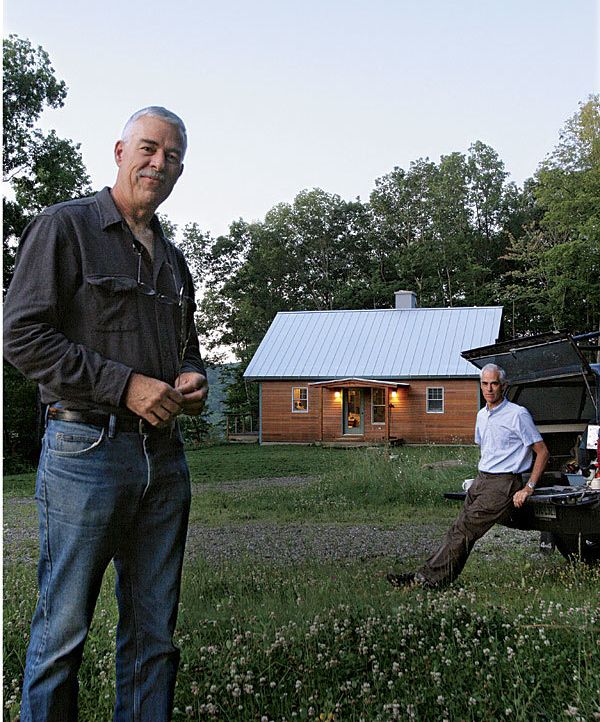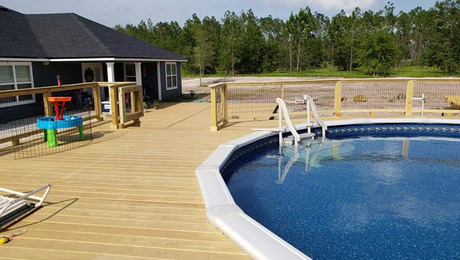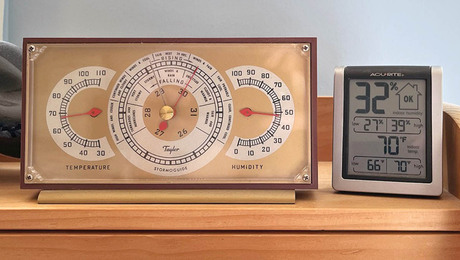From Luxury to LEED
Used to building big houses with big budgets, the Picton brothers earned a platinum rating with their first modest green home—but mastering the learning curve wasn’t always a smooth ride.

Synopsis: For builders Jim and Mark Picton, building a house often meant a big project with a big budget. The process began to leave them feeling hollow, though, especially when they began to consider the amount of waste and extravagance they were generating. They decided to re-examine their process by building a small house that would be LEED-certified. By considering the process every step of the way, the Pictons learned some big lessons, reduced their construction waste, and ended up building a 1700-sq.-ft. two-bedroom house that was certified LEED platinum.
Like other building contractors, we have enjoyed the challenge of building big, fancy houses, and we are honored by the confidence and trust their owners have placed in us. In the best of those projects, the details were exquisite and demanding. Besides providing a good living, however, the single-minded, spare-no-effort pursuit of quality in big projects should leave us spiritually nourished and enriched.
In recent years, though, we began to feel a numbness as over and over, we saw materials thrown in Dumpsters because of design changes and skilled workers lose their edge as they tore out their own good work to accommodate the whims of busy globe-trotting clients. There also was something troubling when International Energy Conservation Code (IECC) minimum standards were dealt with as stumbling blocks to get around or over rather than as a starting point to improve energy efficiency. There’s something unwholesome, too, about building heating and cooling systems sized to meet the demands of an inefficient envelope, then seeing a fuel truck routinely replenish a 1000-gal. tank and being assured that for this client, fuel costs are “not an issue.” Were all costs being considered? And to whom, besides the clients, might those costs matter? Might they include us? Might they include you?
A new project, a new way
In response to these questions, we set out to build a house that made sense in terms of both the natural and built environment.
Fortunately, the U.S. Green Building Council (USGBC) was then field-testing its LEED for Homes program, which defines sensible building. We chose to enroll in the LEED program because it not only codifies, informs, and guides the green-building process, but it also provides tangible recognition for achievements in sustainable building. We thought that by becoming LEED-certified, the home would help to distinguish our achievements from those of builders who do not participate in such rigorous third party vetting.
Plan early, and focus on efficiency
We would have liked to build a one-room bungalow with a ladder to a loft, but the smallest ground-floor footprint allowed under our town’s zoning regulations is 900 sq. ft., or an 840-sq.-ft. main-floor living space. So we chose to build a simple Cape on a 28-ft. by 32-ft. footprint. The opportunity to place the highest values on simplicity, compactness, and practicality over all else was restorative. But the process of building this house didn’t always offer such clarity.
We attempted to rely mostly on our own extensive knowledge as builders and realized quickly that going it alone wasn’t the wisest decision. Visualizing the finished home, then working back from that vision through all the elaborate assembly details was difficult. We had to think through the details of the construction daily and make critical decisions hours or sometimes minutes before the crew needed direction, and that cost us time and efficiency.
What we should have done (and what we will do next time) was to assemble a team of designers, consultants, managers, employees, suppliers, and subcontractors well before the start of the project to solidify the plan, to refine the integration of technology, and to smooth the construction phase.
For more photos and information on how to build to the LEED standard, click the View PDF button below.


























